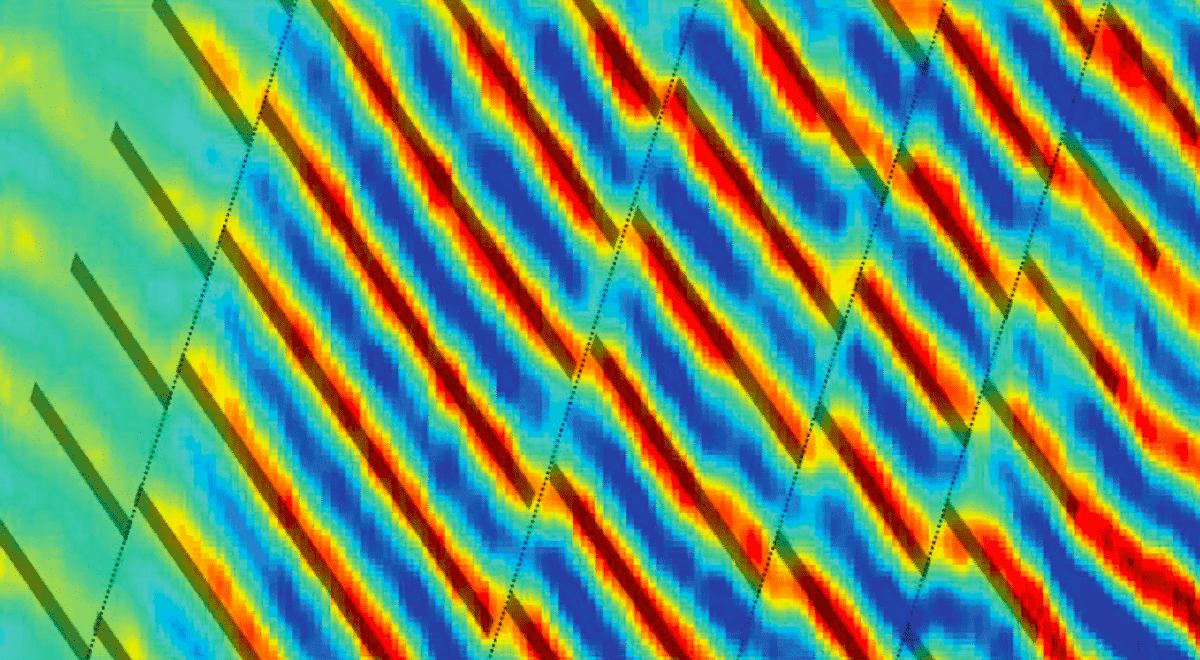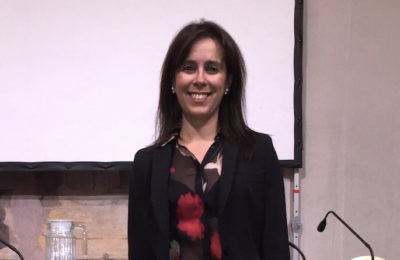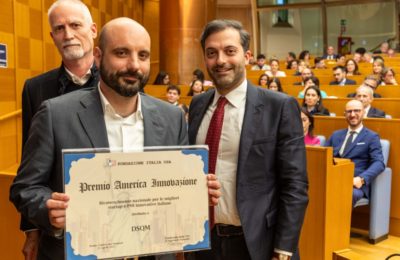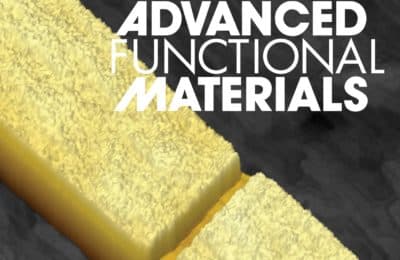The review article “Anyons in quantum Hall interferometry” has just been published on the journal Nature Reviews Physics. In the paper, written by our scientists Lucia Sorba, Stefan Heun and Luca Chirolli together with Matteo Carrega (Cnr-Spin), reserachers foucs their attention on anyons, emergent quasiparticles that are neither bosons nor fermions and possess fractional statistics. The fractional statistics, in particular, has attracted a lot of interest in view of potential applications in topological quantum computation.
The authors review the two main geometries of electronic interferometers developed in the Quantum Hall regime, the Mach–Zehnder and the Fabry–Pérot interferometers. They present interferometers basic working principles, fabrication methods and the main results obtained in both the integer and the fractional QH regimes. The article also discusses on how recent technological advances led to the direct experimental demonstration of fractional statistics for Laughlin quasiparticles in a Fabry–Pérot interferometric setup.
READ THE FULL ARTICLE HERE
[IMAGE: Detection of anyonic statistics. Conductance oscillations versus magnetic field and variation in side-gate voltage]



